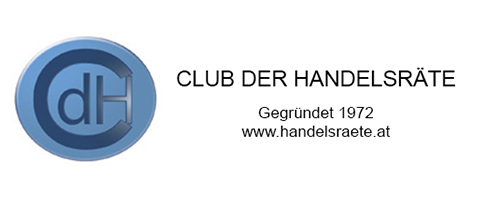Tour of Vienna General Hospital "AKH" Technical Facilities
Organized via the company Vamed
The history of the Vienna General Hospital
(Allgemeine Krankenhaus Wien)(AKH Wien) dates back as far as the 17th
century. The first establishment was
built as a home for the poor and disabled founded by Emperor Leopold I and
construction started in 1694 on the site of what is now known as the Alte AKH.
It was converted to a hospital by Emperor Joseph II and was inaugurated as such
on 16 August1784.
The current AKH is Austria’s largest
hospital and the fifth largest in Europe – although the largest in Europe
located on a single integrated site. Its medical university campus is the
largest in Europe with around 8,000 students, and it is one of the most important
biomedical research institutions in Europe.
In 2018, 80,000 patients were hospitalised
and the hospital was visited by ambulances 1.2 million times. Around 52,000
surgeries were performed including 103 lung transplants and 43 heart
transplants.
Presently the hospital is in a phase of
comprehensive structural renewal under a contract concluded between the City of
Vienna and the Republic of Austria. The
construction framework contract includes 33 projects to be carried out up to
the year 2030.
The CdH delegation was greeted at the main
entrance of the AKH by Dipl. Ing. Eduard Frosch, former general manager of the
hospital. After being shown a model of the hospital the group was taken on a
tour including the services areas of waste collection and management, emergency
power supply generators, the systems monitoring and control centre, and the
intricate materials transport and conveying systems. At one point the delegation was taken up to
the roof of the highest tower block of the hospital – one of the highest
buildings in central Vienna (22 floors)
- from which they could enjoy a 360° vista of the whole city.
After visiting the technical facilities the
group was also shown some of the typical ward areas, including some of the
original wards which are now being renovated to introduce improvements such as
the relocation of toilet and washing facilities from the corridors into the
wards themselves.
During the tour, Dipl. Ing. Frosch also explained many of the operational challenges of the hospital. He said that, currently, one of the biggest resource challenges is not the supply of medical doctors, but a shortage of nursing staff.




